Best Japan Travel Accessories for Your Trip
Having the best travel accessories for your trip to Japan will help you make the most of your vacation. In this article, you’ll find our list of nine essential travel accessories that make touring Japan a lot simpler and more comfortable.
CONTENTS
9 Best Japan Travel Accessories
To ensure a seamless and enjoyable trip, it’s important to have the correct equipment. So, let’s dive into our favorite must-have items that will help you have a great time in Japan.
Packing
When choosing luggage, durability, functionality, and style are the most important things to consider. Then, throw in some packing cubes to keep your belongings neat and organized. Here’s what we use when we’re traveling around Japan.
1. Luggage
I can’t give enough accolades to the Travelpro Versapack Softside spinner suitcase. We recommend the 21-inch carry-on or the 25-inch medium-sized suitcases to all of our tour participants. They’re tough, easy to wheel around crowded train stations, practical, and very stylish.
Our oldest 25 inch Travelpro Versapack softside spinner
My personal favorite is my Shell backpack made by Tropicfeel. The inside of the bag stays dry when it rains. It’s easy to access everything from either the top, or the zippered back. Best of all, it expands from a 20 liter day pack to a 42 liter backpack with a kangaroo pouch for shoes.
Becki wearing her Isabella backpack at Sensoji in Tokyo, Japan
2. Packing Cubes
The introduction of packing cubes into my life has been nothing short of a game-changer. They are a huge help with staying organized while traveling. These lightweight, fabric containers help me maximize space and keep my belongings neatly organized.
Packing cubes inside suitcase
In my opinion, these small, versatile cubes are a must-have accessory for any frequent traveler. They allow you to travel lighter, smarter, and so much more organized.
On The Plane
Having the correct travel accessories on your ride to Japan ensures a comfortable and enjoyable experience.
3. Noise-Canceling Headphones
The flight to Japan is long and boring. Fortunately, most airlines have a pretty good selection of movies on their in-flight entertainment systems. You don’t want to get stuck using the airline’s low-cost headsets during your 10 to 15 hour flight, though.
Personal noise-cancelling headphones tend to have better sound quality and fit more comfortably. Aside from great sound quality, noise-canceling headphones are great for eliminating engine noise, and other unwanted cabin noises.
The best-in-class are Bose headphones, and you pay dearly for that kind of quality. Sony makes a comparable headset with a slightly cheaper price tag. I imagine that any big name speaker and headphone manufacturer would be a good choice.
Sony Noise-Cancelling Wireless Headphones
4. Audio Jack Bluetooth Relay
This is great for anyone who uses wireless headphones. It’s easy to connect your headset to your Bluetooth enabled phone, tablet, and computer. However, it’s a bit trickier to connect them to an airline’s in-flight entertainment system. This is where the Bluetooth Relay helps.
Audio Jack Bluetooth Relay
Its usefulness goes beyond using it on a plane. You can plug it into the headphone jack on your stereo or gym equipment to easily connect your wireless headset.
Once You Arrive
5. Shoes
Not really an accessory, but it’s worth mentioning. Of all the countries I’ve visited and lived, I do the most walking in Japan. Expect to get somewhere between 10,000 to 15,000 steps per day. With all this walking, I highly recommend a great pair of shoes.
My favorite shoe is the Adidas Adizero RC series running shoe. They’re light, very comfortable, and extremely breathable. The biggest draw back with these shoes is that they don’t keep your feet dry in the rain.
For rainy days and evenings out, I have a pair of leather Adidas Busenitz. They’re easy to slip on and off, they’re comfortable, and they keep my feet dry when it rains.
Having two pairs of shoes is great because if one pair gets wet, you can wear your second pair while the wet ones dry. However, finding room in your suitcase to fit an extra pair of shoes isn’t a luxury most travelers have.
Shawn’s On Cloud 5 Shoes
6. Pocket Wi-Fi
As advanced as Japan may be, they seem to have dropped the ball on Wi-Fi. It is not due to a lack of trying, but more a lack of application. You may find that Wi-Fi is available, but the process to connect falls somewhere between painful and impossible.
Being a tourist, you do have other options. There are 4 main ways to stay connected while visiting Japan. You can go directly through your mobile phone carrier, get an e-SIM card, get a physical SIM card, or rent a Pocket Wi-Fi Router.
Our Pocket Wi-Fi Router
These mobile routers connect to major Japanese cell phone network providers like NTT Docomo and Softbank. This ensures that you remain connected to load up maps, use translator apps, or share your adventures with friends and family.
7. Power Bank
I don’t know how many mornings I’ve woken up and realized I’d forgotten to charge my phone or my pocket Wi-Fi. This results in taking fewer pictures and spending the majority of my day worried about my battery levels. That’s why it’s a good idea to have a portable power bank.
Most Pocket Wi-Fi rental companies will also rent you a power bank with your router for a small fee. If you’d rather have your own, the Power IQ 3.0 Portable Charger by Anker is a reliable power bank that’ll keep your devices charged.
8. Translator Apps
The Google and Apple voice translators work well, but still end up spitting out some odd stuff occasionally. Instead, I like to use an app called VoiceTra, which looks to be a combination of the words voice and translate. You can download it for free from both the Apple App Store and Google Play.
The app is made by a Japanese research group called NICT. You can speak to the app or type in your phrase, and the app will provide you with a nearly perfect translation. It provides both a written and an audio translation.
The app doesn’t have camera capabilities, though. So, it can’t help you read a sign or a menu. I think that the Google and Apple translator apps are better at this. The Japanese language has tons of nuances, so be ready for some strange, and downright funny translations.
9. Universal Travel Adapter
Japan’s power outlets aren’t much different than the ones in the USA. The main difference is that the plugs in Japan don’t usually have a third prong. This usually isn’t a problem, since most tablets and phones use a two prong plug.
If you have a laptop that needs a 3 prong plug to charge, then you will definitely want to travel with a plug adapter. The Mscien adapter has a folding plug design, which makes it great for traveling. It supports 3 prong, 2 prong, USB, and USB-C plugs.
Take Away
All of these travel accessories for your trip to Japan will help make things easier. However, none are more important than shoes and pocket Wi-Fi. Walking, searching maps, and translating Japanese are all going to be necessary during your trip. Make sure you’re prepared.
Want a Unique Japan Trip?
Discover Japan planning secrets with our best-selling Itinerary Planning Course. Or inquire about our exclusive Small Group Tours.
Disclaimer: There are affiliate links in this article. This means that if you make a purchase after clicking on these links, we may receive a small commission at no extra cost to you. We have no association with the companies or the products reviewed. These are our own opinions of top travel products.


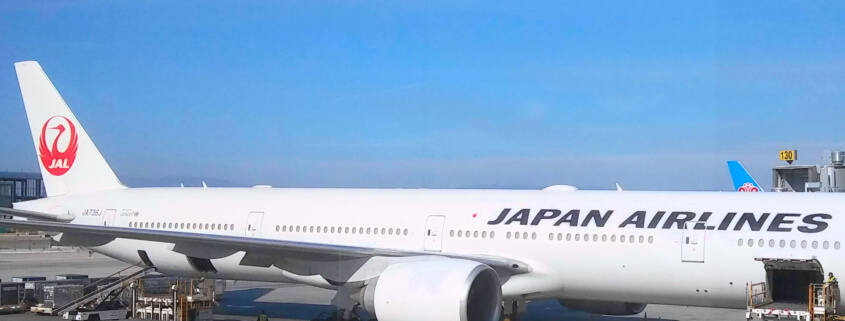

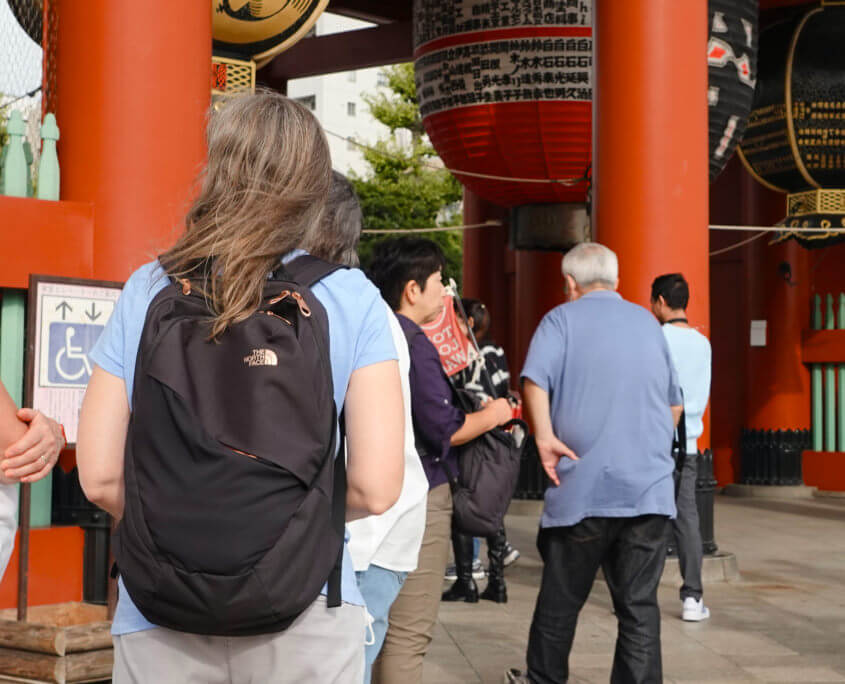
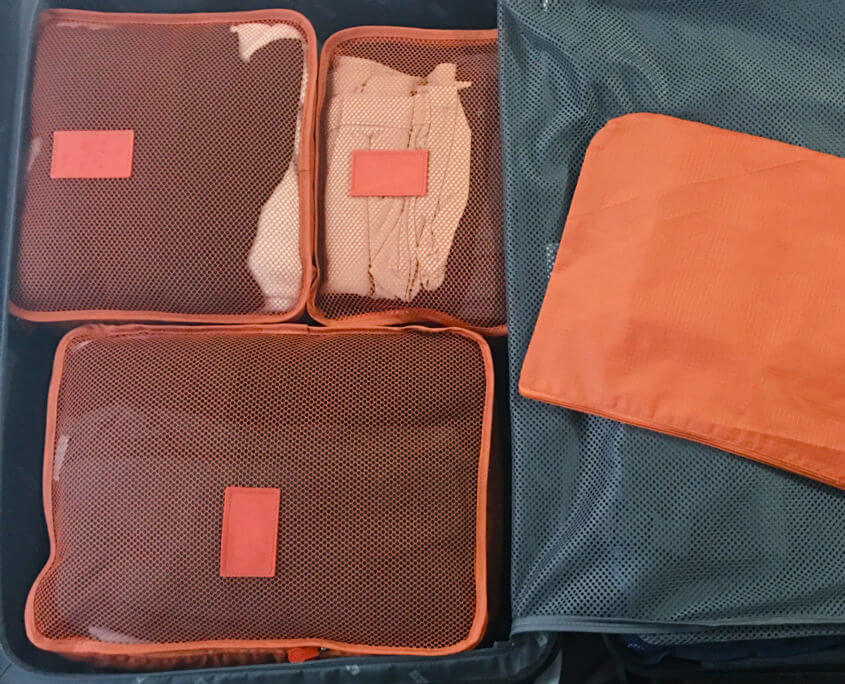
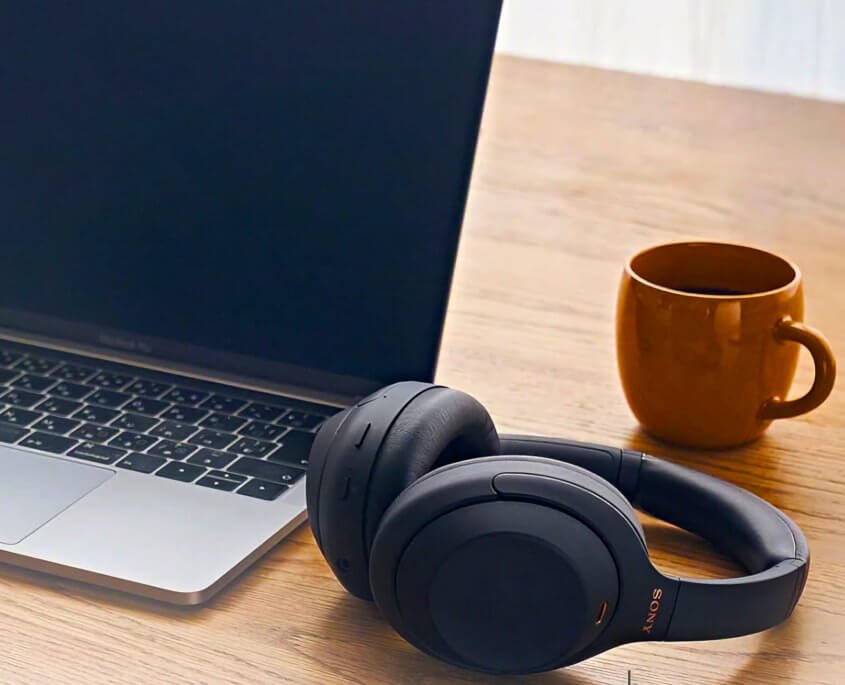
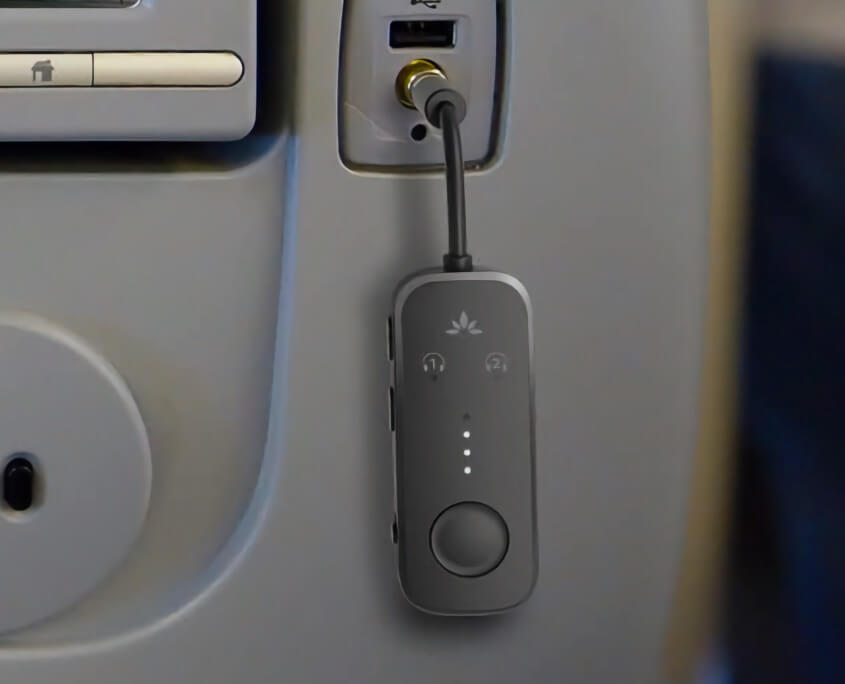
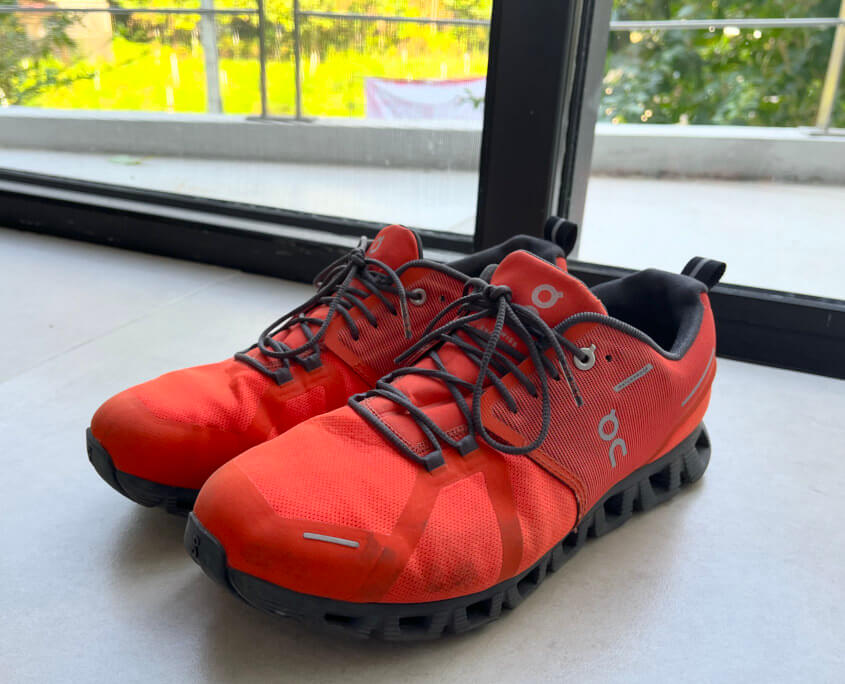
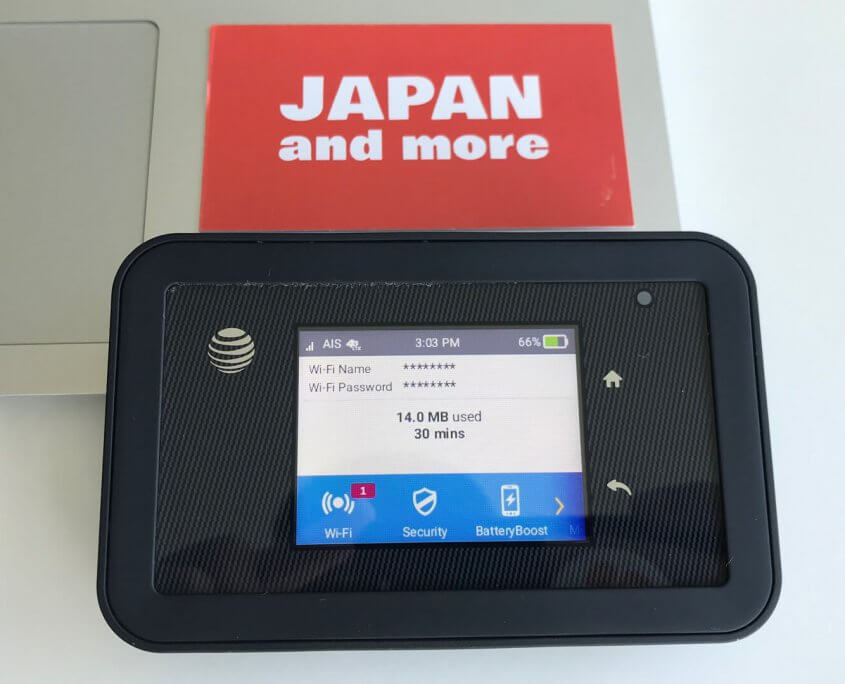
 ©JAPANandMore.com
©JAPANandMore.com  @JAPANandmore
@JAPANandmore  ©JAPANandmore.com
©JAPANandmore.com 
 @JAPANandmore
@JAPANandmore  @JAPANandmore
@JAPANandmore 




 ©JAPANandMore.com
©JAPANandMore.com ©JAPANandMore.com
©JAPANandMore.com